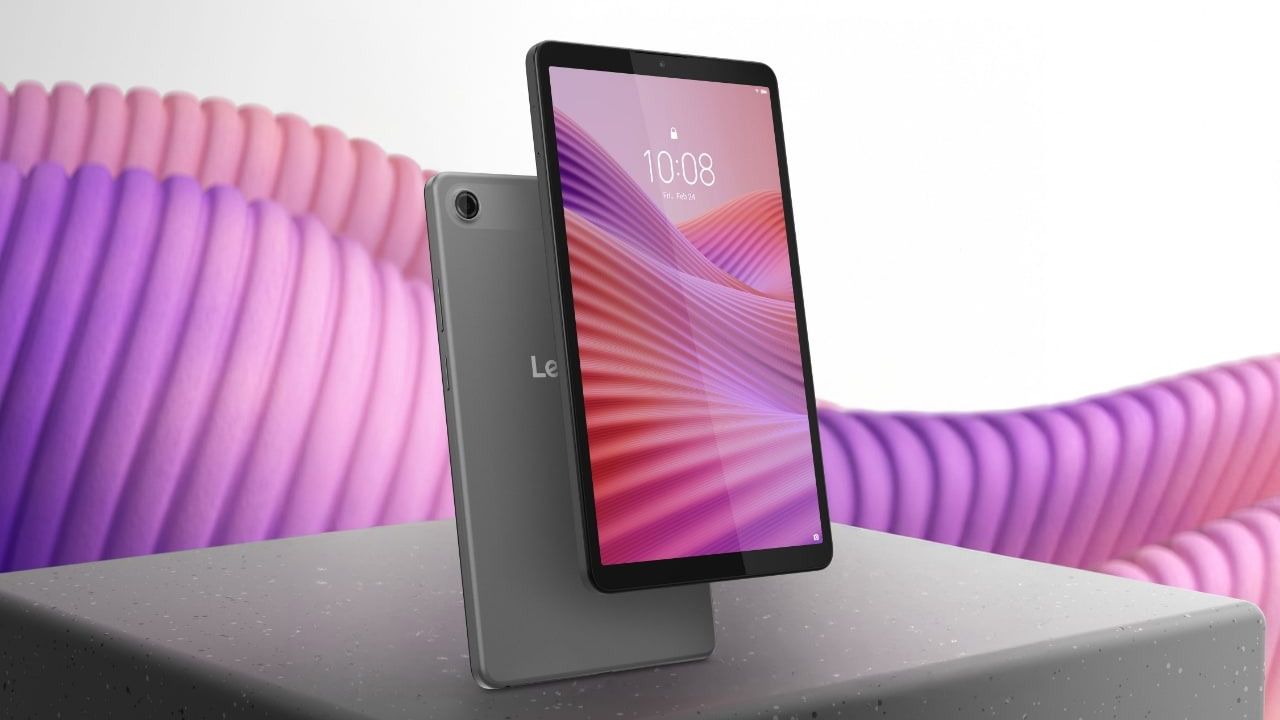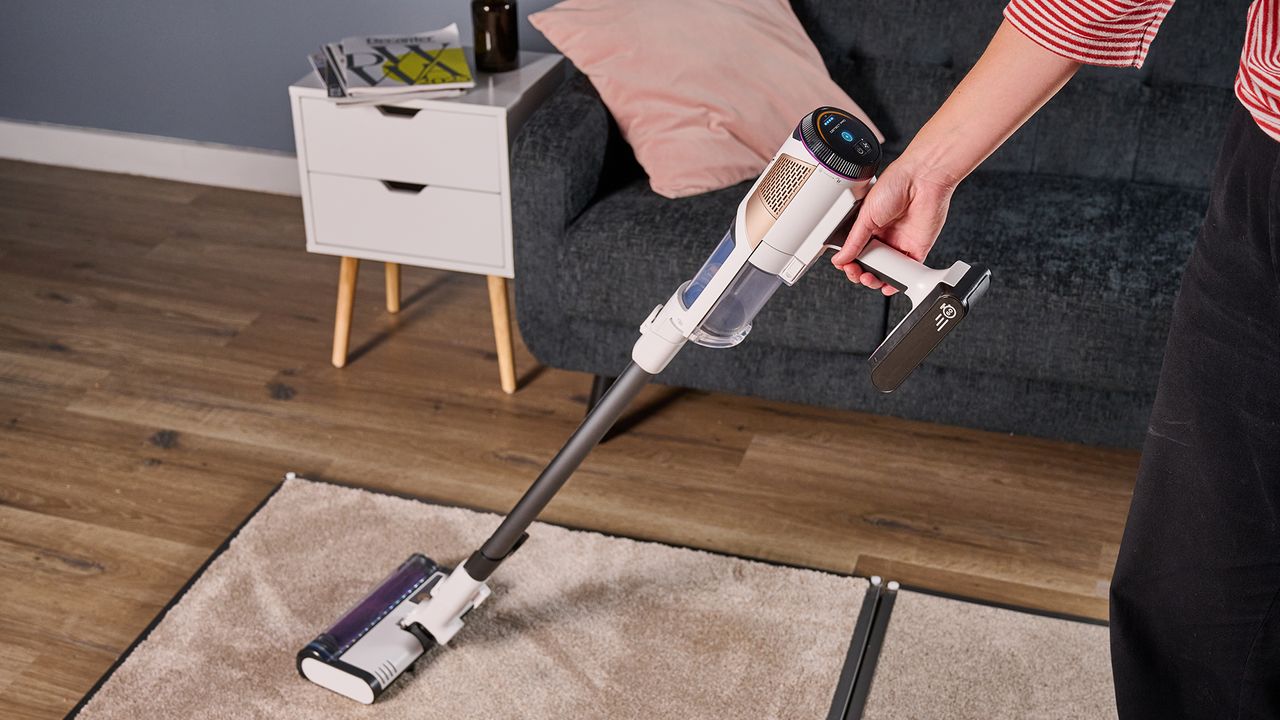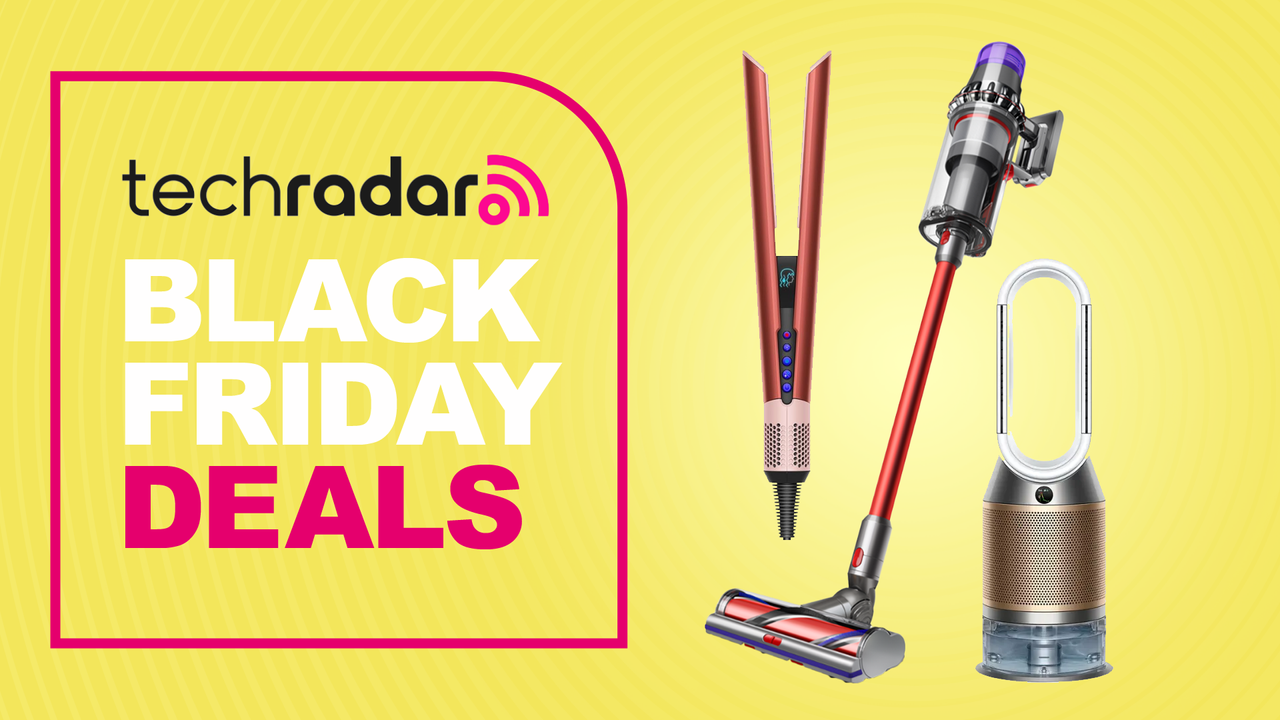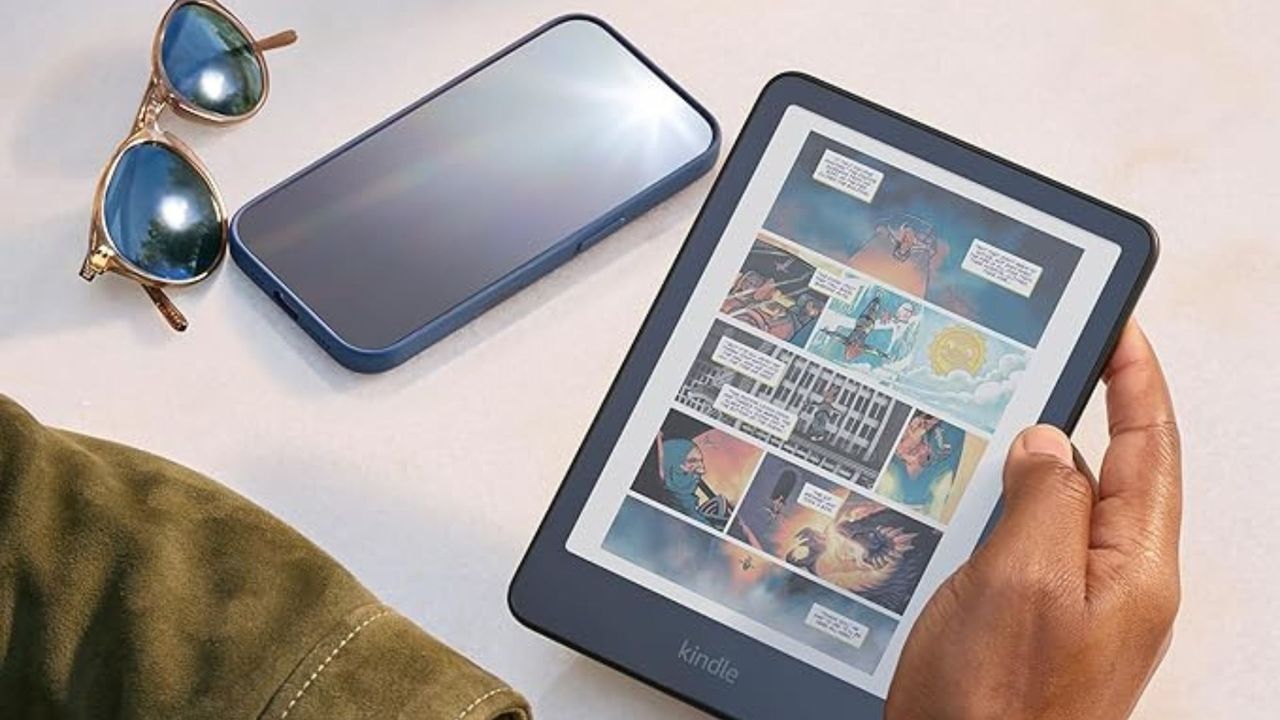
Germany-based Quantum Systems, which sells surveillance drones that are being used by Ukraine, raised €180M, tripling its valuation to €3B since May (Christina Kyriasoglou/Bloomberg)
Christina Kyriasoglou / Bloomberg : Germany-based Quantum Systems, which sells surveillance drones that are being used by Ukraine, raised €180M, tripling its valuation to €3B since May — Quantum Systems, a German drone maker backed by Peter Thiel, boosted its valuation to €3 billion ($3.5 billion) …










